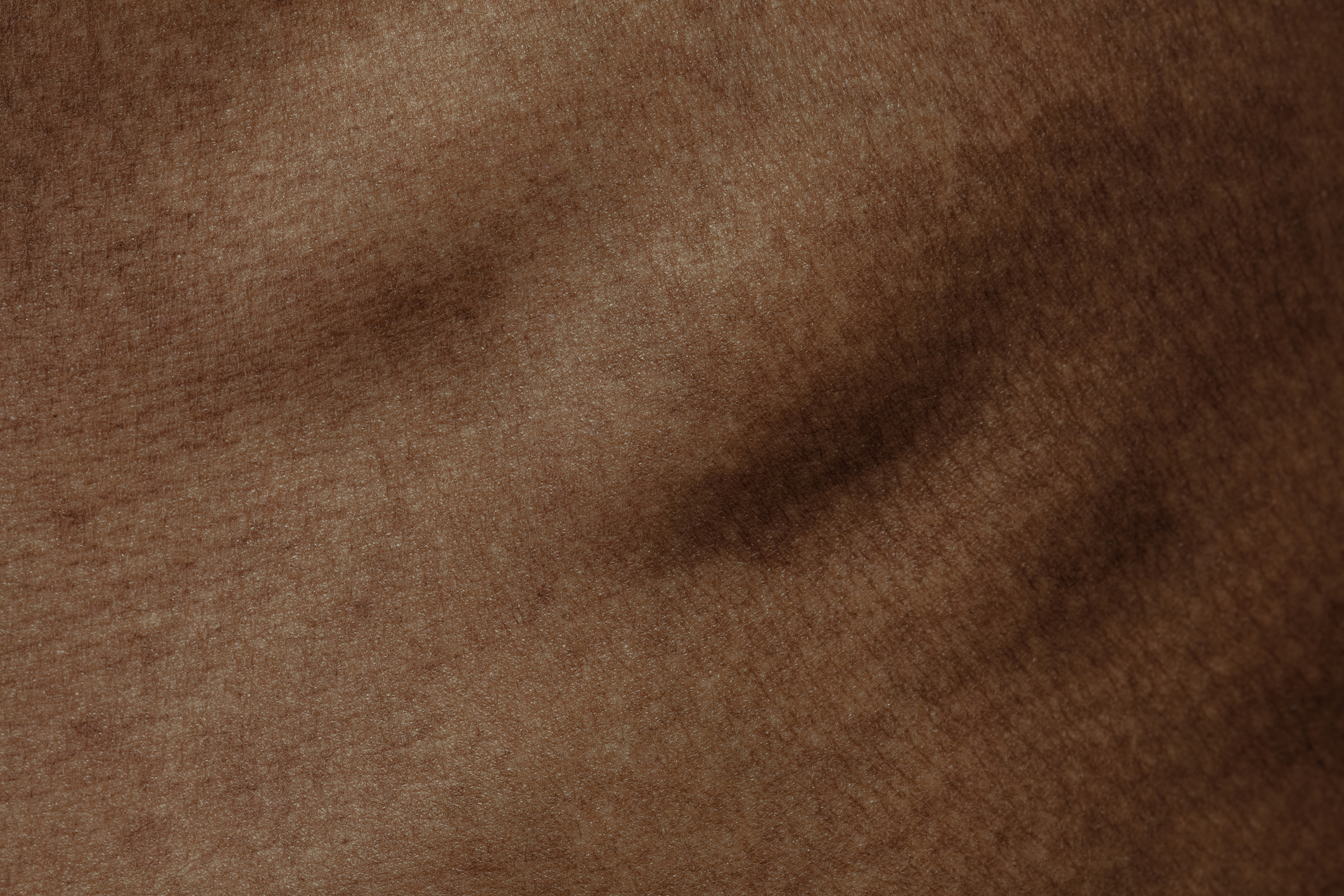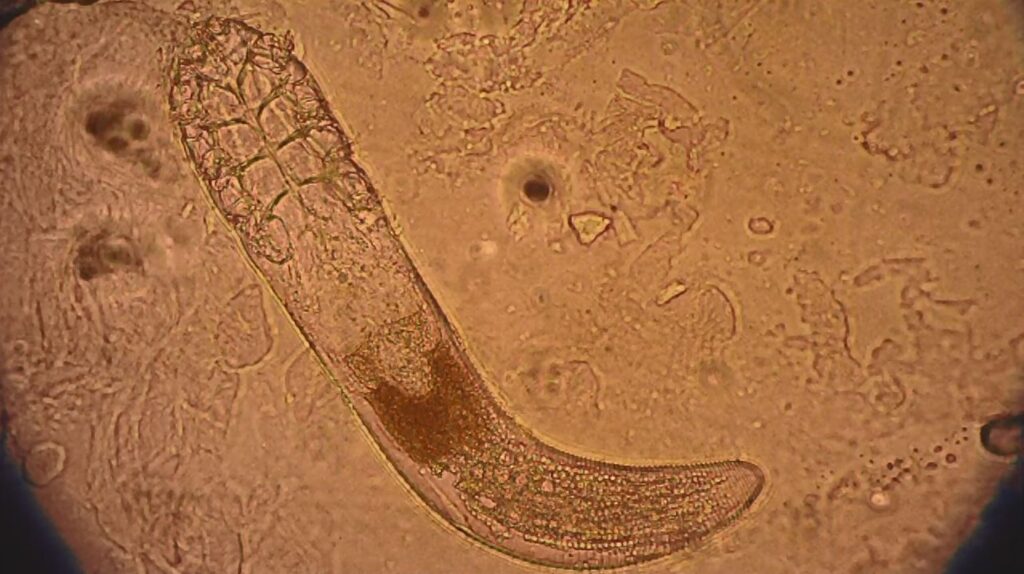Humble Beginnings
Dr. Andy Sham, scientist and project manager for the Gut4Health Microbiome Core facility at the BC Children’s Hospital, says to think about the skin microbiome as “an organism you live and coexist with.” As you grow and change in life, so does your skin microbiome.
He explains that before we’re born, we have no skin—or gut—microbiome of our own. We get our first “resident” during birth.
After that, a number of factors influence the development of our skin microbiome. During puberty, for instance, increased levels of hormones cause the sebaceous glands (found in our hair follicles) to produce a lot of sebum (an oily substance our bodies create to help keep us moisturized).
This increased production of sebum has an effect on the microbial communities that congregate on various parts of our body. Demodex mites happen to think sebum is tasty (to each their own!) so pubescent teens with high sebum levels might have more of these mites in their skin microbiome than others.
Puberty is also typically when our skin microbiome develops more lipophilic microorganisms (fat-loving bacteria that want to gorge on lipids, otherwise known as the fatty compounds in your body).
Once we reach adulthood, our skin microbiome becomes quite stable, Dr. Sham says. Though, as we enter into old age, it begins to change again.
A Forever Home
The food we eat, the antibiotic drugs we swallow, and the cosmetics we use, all affect our skin microbiome.
And because pollution, temperature, and humidity also have an impact on our skin microbiome, so does where we live.
In a city like Vancouver with a relatively moderate climate—milder winters and cooler summers—we don’t really need to fret about skin dehydration (which can impact our skin microbiome). But for people living in harsher, colder climates, dry, irritated skin might be a worry.
Dr. Sham adds that our living situation also plays an important role.
If you live with a roommate, a partner, or a family member, he says it’s common for you both to share similar bacteria or fungi. A 2017 study published in mSystems, a journal of the American Society for Microbiology, surveyed 10 couples and found that they influenced the microbial communities on each other's skin.
However, this doesn’t mean you both have the same skin microbiome.
Even on our individual bodies, the skin microbiome varies. For example, we’re more likely to find fungi on our feet than on other parts of our bodies, says Dr. Sham. Remarkably, our hands, which come in contact with many surfaces over the course of a day—doorknobs, grocery store shelves, hand grips on public transit—have a surprisingly stable skin microbiome.
So, how do we thank these extremely small critters? Our skin is the main barrier between our body and our environment, including environmental aggressors like allergens and UV rays, and the skin microbiome does a lot of heavy lifting.
How do we protect it?
Well, you really don’t have to do too much. Dr. Sham says it's important to eat nutritious foods, stay hydrated, watch your alcohol intake and your stress levels, and choose your skincare products wisely. And your (very close) neighbours will thrive in their forever home.
Wanna learn more about the skin?
Visit our new feature exhibition Skin: Living Armour, Evolving Identity, presented by Acuitas Therapeutics, until May 29, 2023!

